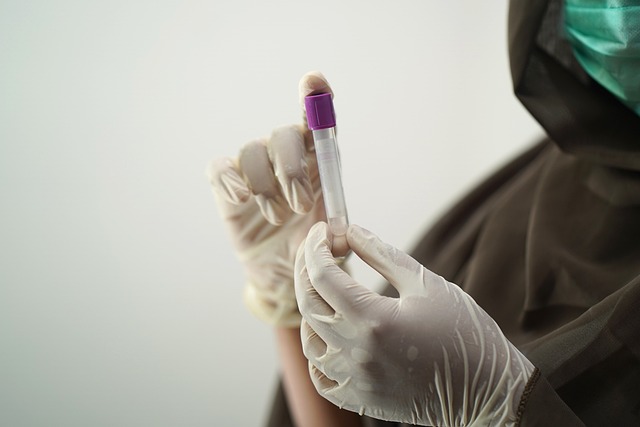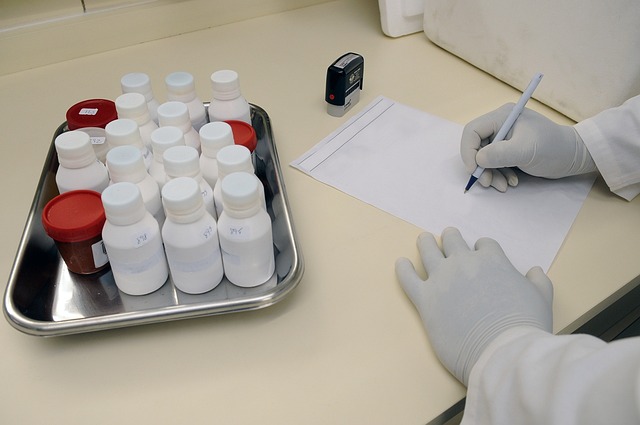Decoding the Importance of Breast Screening: A Guide to Diagnostics
In today’s fast-paced world, where health often takes a back seat, the importance of routine health check-ups cannot be overstated. Among these, breast screening stands out as a crucial practice that can potentially save lives. For many women, the thought of breast screening can stir up emotions ranging from anxiety to empowerment. Understanding what breast screening involves, and its significance in diagnostics, is essential for making informed health decisions.
Understanding Breast Screening
Breast screening typically involves mammograms, clinical breast exams, and occasionally, breast ultrasounds or MRIs. These diagnostic tools aim to detect any abnormalities that may suggest breast cancer or other conditions. While the idea of undergoing these tests may evoke apprehension, it is important to recognize that these screenings play a pivotal role in early detection, which is key to successful treatment.
The Emotional Aspect
For many women, scheduling a breast screening appointment is not just about checking off a box on a to-do list. It can also be a deeply emotional experience. The anticipation of results, the fear of what might be discovered, and the hope for reassurance intertwine, often creating a sense of dread and anxiety. However, it is crucial to understand that these screenings are designed to empower individuals. Regular breast screening can provide peace of mind, knowing that you are taking proactive steps toward your health.
Why is Breast Screening Important?
The statistics speak volumes: early detection through breast screening can lead to a 90% survival rate if breast cancer is identified at stage one. This staggering number highlights the necessity of regular screenings. By participating in breast screening programs, you are not only enabling potential early intervention but also contributing to ongoing research that enhances diagnostic technologies.
What to Expect During Breast Screening
Understanding the process can alleviate some anxiety. During a mammogram, you will be asked to position your breasts on a flat surface, and the machine will compress the breast tissue for a few seconds to capture images. While it may feel uncomfortable, it is a brief moment that holds great significance in your health journey. Clinical exams will involve a healthcare professional examining your breasts for any irregularities, providing an added layer of assurance. And remember, it’s completely normal to feel nervous; talking with your healthcare provider about your concerns can help ease your mind.
Taking Action: How to Prepare for Breast Screening
Preparation for a breast screening involves both logistical and emotional readiness. First, schedule your appointment during a time when you are least likely to feel rushed or stressed. Wearing comfortable clothing that allows easy access to your breasts can also make the process smoother. Furthermore, consider writing down any questions or concerns you may want to discuss with the healthcare provider. This proactive approach transforms your experience into an opportunity for empowerment rather than fear.
Encouraging Conversations Around Breast Health
It’s important to foster discussions about breast health within your community. Encourage friends and family to prioritize their own screenings. Sharing personal experiences or even the emotions tied to these appointments can help destigmatize the process and motivate others to act. Together, we can create a culture of awareness and support, where women feel empowered to take control of their health.
In summary, breast screening is much more than a medical procedure; it’s a powerful tool that encompasses advocacy, awareness, and action. Embracing this aspect of health not only safeguards your future but cultivates a community dedicated to overall wellness and proactive health management.




